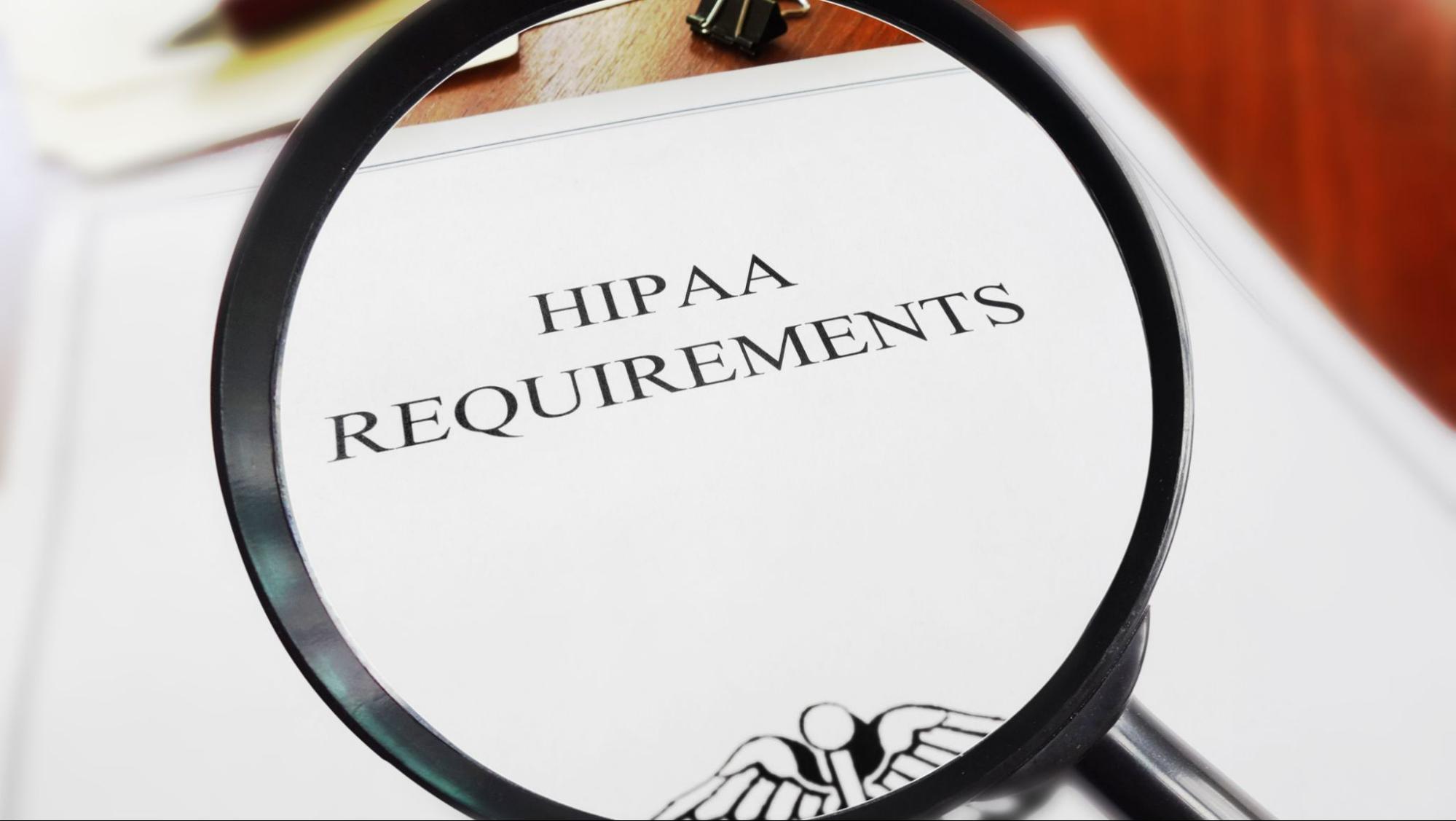Navigating Legal Requirements: A Guide to Understanding Vehicle Safety Laws in Florida

Navigating the legal landscape of vehicle safety laws in Florida can seem daunting at first glance. The Sunshine State, known for its expansive highways and vibrant cities, places a strong emphasis on the safety of its motorists. As we dive into this quick guide, we’ll explore essential vehicle safety tips that every Floridian driver should know. From the basics of seat belt compliance to the intricacies of advanced safety features, our conversation will journey through the critical aspects of adhering to Florida’s vehicle safety laws.
The Fundamentals of Seat Belt Safety
In Florida, the law is clear: seat belts save lives. The mandate requiring all front-seat occupants to buckle up is more than just a statutory obligation—it’s a preventive measure that significantly reduces the risk of fatal injury in crashes. For young passengers, Florida’s laws extend further, necessitating the use of appropriate child restraint devices. These laws are designed with a simple, undeniable purpose: they protect you and your loved ones on the road. Ensuring every trip begins with the click of a seat belt not only ensures following the law but also embracing a culture of safety that guards against unforeseeable road mishaps.
DUI Laws and the Fight Against Alcohol Impairment
When drivers take to the roads under the influence of drugs or alcohol, this is a grave offense in Florida, reflecting the state’s commitment to combating road accidents caused by alcohol impairment. Legally, the blood alcohol concentration (BAC) limit is set at 0.08% for drivers of legal drinking age, with lower limits for commercial drivers and zero tolerance for drivers under 21. Florida’s approach to DUI offenses is multifaceted, incorporating stringent penalties, awareness campaigns, and rehabilitation programs aimed at reducing the incidence of alcohol-related accidents. It’s crucial to recognize the role of responsible driving in preserving the safety of our roads. Alcohol dependence, a significant factor in DUI offenses, is addressed through both punitive measures and support systems that help people in alcohol recovery, highlighting Florida’s holistic approach to vehicular safety.
Speed Limits and Safe Driving Practices
A cornerstone of safe driving practices, adhering to posted speed limits is more than a legal requirement in Florida. Speeding is a leading cause of accidents, contributing to both the likelihood and severity of crashes and therefore Florida’s speed limits, carefully calibrated to match the design and flow of each roadway, aim to facilitate safe travel across diverse driving environments.

From the serene stretches of rural highways to the bustling lanes of urban centers, respecting speed limits is synonymous with respecting the well-being of fellow motorists. Safe driving extends beyond speed regulation, encompassing attentiveness, adherence to traffic signals, and courteous behavior toward other road users.
The Role of Advanced Safety Features in Preventing DUI Incidents
As we look at the technological frontier of vehicle safety, it becomes evident that innovation plays a crucial role in deterring DUI incidents. Modern vehicles are increasingly equipped with advanced safety features designed to minimize the risk of drunk driving. These include systems that monitor a driver’s alertness, automatically detect erratic driving patterns, and even stop the vehicle from starting if alcohol is detected in the driver’s system.
Such features represent the cutting edge of automotive technology and a proactive approach to safeguarding lives on the road. Notably, Florida’s commitment to combatting DUI extends to its legislative framework, specifically through the enactment of Florida interlock device laws. These laws mandate the use of ignition interlock devices for certain DUI offenders, serving as a tangible deterrent against the recurrence of such offenses. By integrating technology with legal measures, Florida sets a precedent in using innovation to enhance road safety and deter impaired driving.
Motorcycle and Bicycle Safety: Sharing the Road
Florida offers an ideal backdrop for motorcycle and bicycle enthusiasts alike. However, the freedom of the open road comes with a responsibility to practice and promote safety. For motorcyclists, wearing a helmet remains a critical safety precaution despite the state’s lenient laws for riders over 21. Similarly, bicyclists are encouraged to use designated lanes and wear visible clothing to enhance safety.

The key to coexistence on Florida’s roads lies in mutual respect and awareness. Drivers of larger vehicles must remain vigilant of motorcycles and bicycles, giving them the space and consideration needed to navigate safely.
Pedestrian Safety and Right-of-Way Laws
In Florida, pedestrian safety is a shared responsibility. The state’s right-of-way laws are designed to protect pedestrians, granting them precedence in crosswalks and heavily trafficked areas. However, safety is not solely the burden of drivers. Pedestrians must adhere to traffic signals, use crosswalks where available, and remain alert. The rise of technology, while a boon in many respects, poses new challenges for pedestrian safety, with distractions from mobile devices leading to increased accidents. Both drivers and pedestrians must commit to minimizing distractions and prioritizing safety above all else.
-
Personal Finance8 months ago
How Do I Find My UCAS ID Number?
-
Success6 years ago
Consistency: The Key Ingredient to Success
-
Uncategorized8 months ago
What Does Conditionally Approved Mean For An Apartment?
-
Motivation3 years ago
How To Become a More Organized Person?
-
Others4 years ago
Work Health and Safety: 8 Reasons to Maintain a Clutter-free Office
-
Entrepreneurs4 years ago
Why Diversity is Key in Business Marketing
-
HK Pools8 months ago
The HK Pools Forum Comunity Jos Markotop 2D Warna Kuning – A Great Way to Stay Connected
-
Sport1 year ago
What Makes Soccer Betting So Great?



























